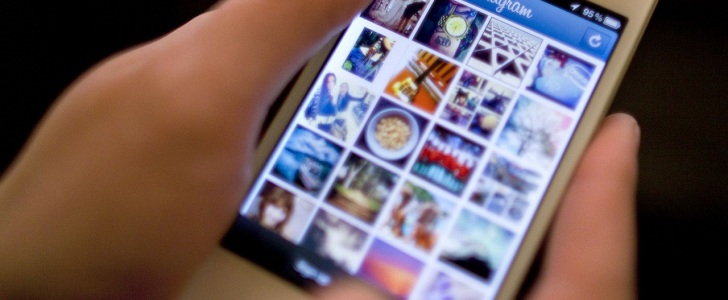
If you’ve just installed
Windows 8, or bought a Windows 8 PC, you may have noticed something
rather irksome: The Start button and menu have disappeared! After
spending almost 20 years at the bottom left corner of your desktop,
Microsoft has decided that the Start menu is dead and that the
mouse-and-keyboard-hating Metro Start
screen is the future.
Despite
Microsoft’s best efforts to ensure that the Start button and menu
remain banished from Windows 8, a bunch of third-party replacements have
emerged. Really, it just goes to show how devoted the Desktop Windows
userbase is: Microsoft completely stripped out the underlying Start menu
code to quash potential Luddite revolutionaries, and yet months after
the release of
Windows 8
there are dozens of Start menu and Start button replacements — some of
which are far superior to Microsoft’s own Windows 7 STart menu.
Let’s take a look at the best, cheapest, and most authentic apps for bringing back the Windows Start menu and button.

StartIsBack
If you want a Start menu replacement that looks exactly like Windows 7,
StartIsBack
is for you. You get the same Start menu orb icon, the same search box,
the same jump lists, and — for better or worse — even the same Aero
transparency! As you can see in the screenshot above, StartIsBack even
detects if your system needs to restart to apply some patches; it really
is just like the Windows 7 Start menu.
Where StartIsBack diverges
from the Windows 7 Start menu, though, is configurability: StartIsBack
is fully customizable, and includes a handful of useful Windows
8-specific features, too. You can configure which hot corners are
enabled, make your PC jump straight to the Desktop when it first boots
up, and configure a key combo to show the Windows 8 Start screen
(Win+Ctrl by default). If Start menu and taskbar transparency aren’t
your thing, StartIsBack lets you disable it — and you can change the
Start button orb icon, too.
Download StartIsBack ($3, free 30-day trial)

Pokki
Where StartIsBack tries to replicate the Windows of yesteryear,
Pokki
(free) is very much its own beast — and as much as I love the Windows 7
Start menu, I have to admit that Pokki is probably even better. It
utilizes a neat “pinning” system that isn’t unlike the home screen of
your smartphone or tablet (though I would argue that the Windows
taskbar/superbar still does a better job). You can also add widgets to
Pokki, such as Gmail or Facebook, which display your latest email or
status updates.
By default, Pokki will configure your Windows 8
system to boot straight to the Desktop — and there is an option that
will just completely disable the hot corners, if you so desire.
(Remember,
Win+C pops open the Charms menu, if you need.)
Download Pokki (free)

StartMenu8
If
you want the Windows 7 Start menu look-and-feel, but you’re not
prepared to fork out a few dollars for StartIsBack or Start8,
StartMenu8
is a solid alternative. While the interface won’t win any prizes — it
feels a lot like the early Linux apps that ruthlessly ripped off Windows
— you get a fair amount of configurability, and a handful of Windows
8-specific toggles that are very useful.
By default, StartMenu8
will skip the Windows 8 Start screen and go straight to the Desktop, and
disable Windows 8′s hot corners. There’s also the option to disable the
sidebar, if you really don’t ever want to see Windows 8 ever again. The
StartMenu8 button icon can be altered, and you can add and remove which
links appear up the right side of the Start menu. Overall, StartMenu8
looks and feels a bit clunky — and, incidentally, watch out for some
delicious bundleware during the installation process.
----------------------------()------------------------------







 11:27 AM
11:27 AM
 Unknown
Unknown


















